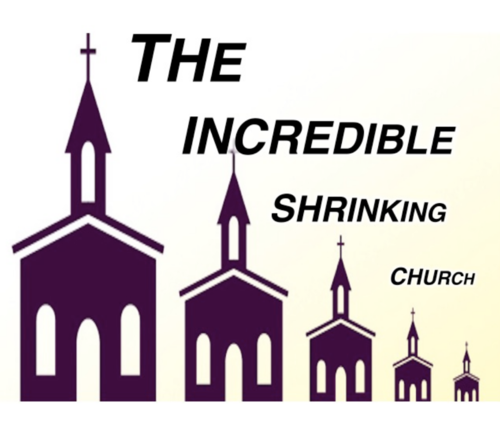Two January headlines a week apart signal that the past generation’s “population explosion” worries have reversed.
Observers fretted as China announced its population began to shrink last year as its birth rate reached a record low. Japan’s Prime Minister Fumio Kishida warned parliament that a declining birth rate means the rapidly aging nation is “on the verge of whether we can continue to function as a society.”
Then last Saturday a New York Times op-ed asserted that unfair burdens on wives and mothers created a “birth strike” and “marriage strike” that are “killing South Korea.” The nation has posted the world’s lowest fertility rate the past three years and deaths now outnumber births.
Such realities provoked the ever-interesting Times columnist Ross Douthat to ask whether “the defining challenge of the 21st Century” will be climate change decried by so many analysts or, instead, the globe’s accumulating “birth dearth” a.k.a. “baby bust” or “population implosion.”
The second trend could well undercut societies’ “dynamism and innovation” and pit “a swollen retired population” against the “overburdened young,” he warned, while listing geopolitical factors in the coming “age of demographic decadence.”
Attention newsroom managers: This is an apt time for media to consider U.S.-focused big-think pieces on how religious communities are shaping population trends and, vice versa, how those trends affect religion.
Pro-procreation government programs appear to have limited impact in boosting birth rates, which instead reflect cultural values regarding marriage and children, and complex individual decision-making. . Articles might examine related abortion policy.
Traditionally, all religions cherish children and favor reproduction, notably in the case of the Catholic Church, as The Guy discussed here a year ago (though today there’s little difference in fertility between U.S. Catholics and Protestants). On the other side of that equation, there’s universal acknowledgment that married couples raising children have been a pivotal constituency drawn to religious involvement.










